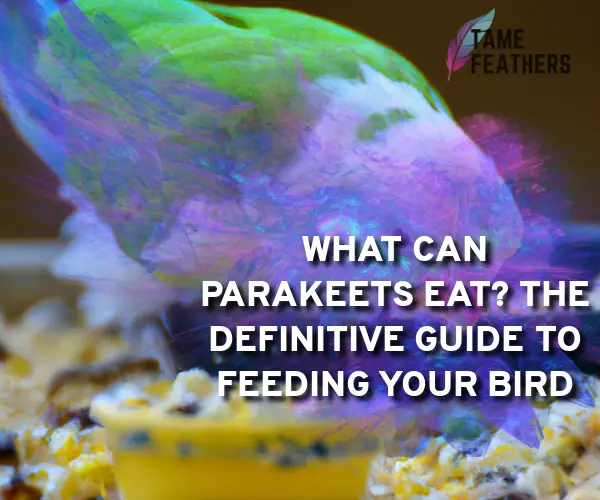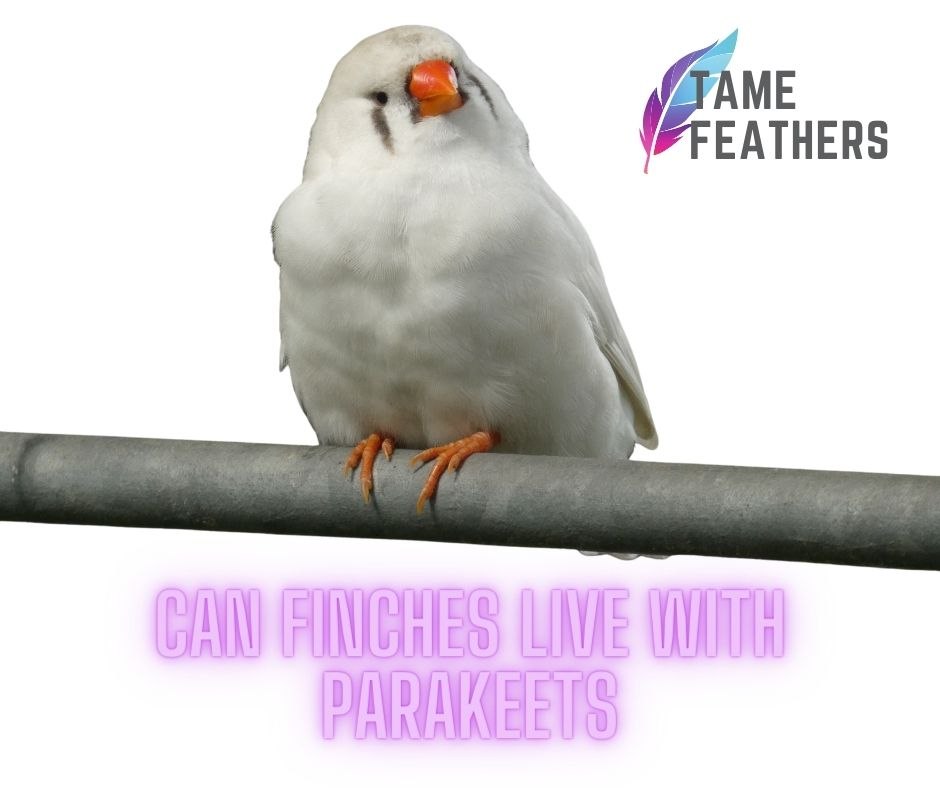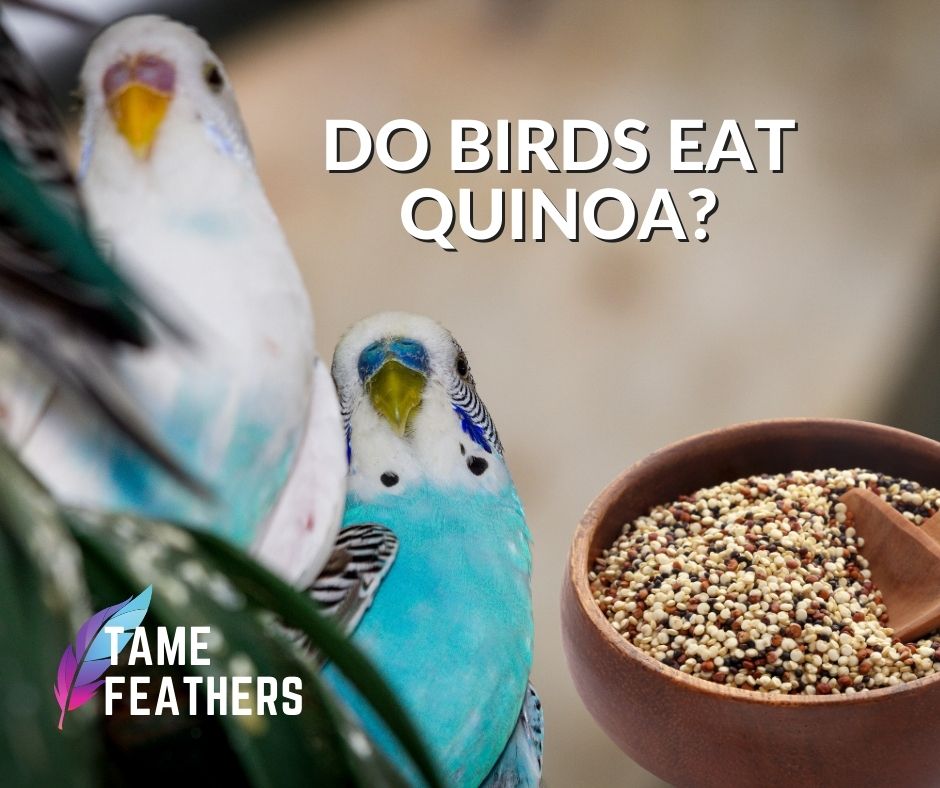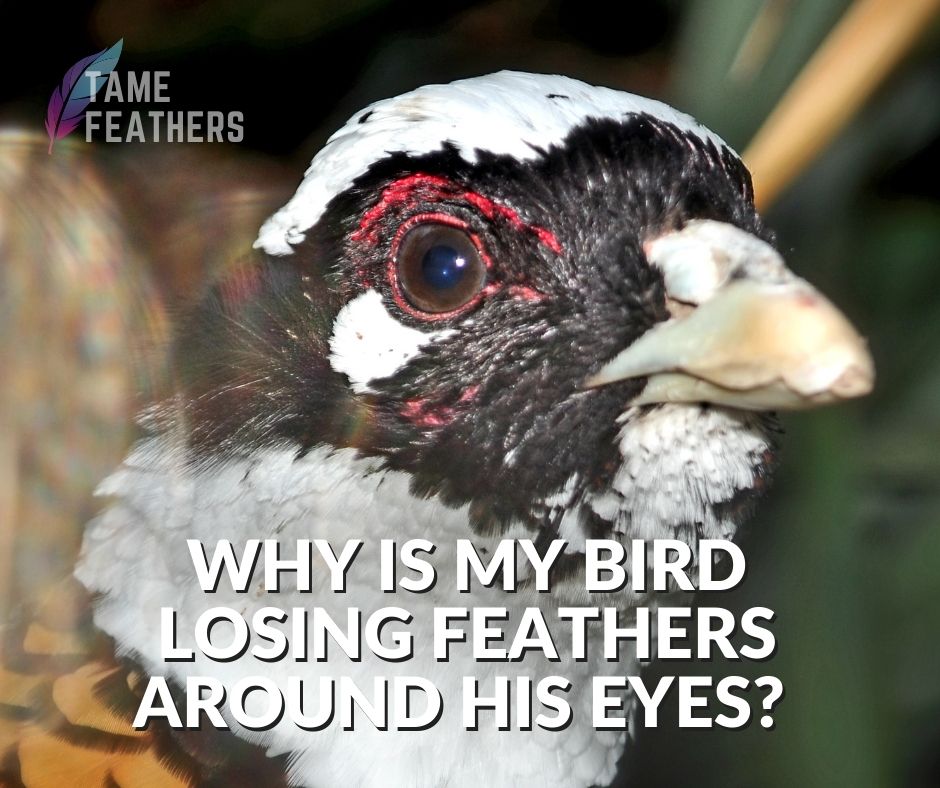Fruits
The diet of a parakeet can consist of several different kinds of fruit. Apples, bananas, oranges, and grapes are just a few of the most popular fruits. It is essential to keep in mind that fruit should only be provided in moderate quantities as part of a well-balanced diet. Consuming an excessive amount of sugar from fruits can cause digestive issues in your parakeet. Before feeding any fruit to your bird, you should always be sure to remove the seeds first.When it comes to providing your parakeet with food, fresh is preferable; the high concentration of sugar in canned or frozen fruits makes them unsuitable for consumption by birds. Cut the fruit into little pieces so that the bird will have an easier time swallowing and digesting them. This will also make the fruit more intriguing for the bird as they will be able to explore its various shapes and sizes.
Vegetables
Parakeets can acquire a lot of the vitamins and minerals they need from veggies in addition to the fresh fruits they eat. The consumption of kale, spinach, carrots, celery, and squash are all examples of vegetables that could potentially benefit from being included in their diet.When it comes to supplying veggies for your parakeet, you don’t have to worry about cooking them; all you have to do is chop them up into bite-size pieces and feed them either raw or, if preferred, lightly steamed. Before serving, you should always check the vegetable to make sure that it does not contain any pesticides or other chemicals; organic produce is strongly advised.
Pellets & Seeds
When it comes to deciding what kind of food to give your pet parakeet, it has been demonstrated, time and time again, that commercial pellets are one of the diet options that offers the greatest degree of nutritional balance among all of the available choices. Even while some individuals favor using natural seed combinations, it is important to keep in mind that these typically do not supply sufficient nourishment over an extended period of time. Pellets provide a comprehensive equilibrium of nutrients, including proteins, lipids, carbs, vitamins, minerals, fiber, and water, among other things.It is important to note, however, that pellets shouldn’t be used only; rather, they should be combined with other nutritious foods such as fresh fruits, vegetables, nuts, and so on. This will ensure that you receive the greatest possible nutritional advantages while minimizing any loss of flavor!
Nuts & Grains
Nuts and grains such as sunflower seeds, millet, oats, almonds, walnuts, peanuts, and quinoa are all examples of foods that can assist supplement a diet that is nutritious for parakeets. However, considering their higher fat content compared to that of other meals such as vegetables and fruits, these should never be consumed in large quantities. Moderation is the key. In addition, many kinds of nuts need to have their shells removed first, which can be a challenging and even risky task depending on how rapidly you work with the nuts.If you are unsure, consult knowledgeable avian vets about the appropriate amounts, guidelines, and safety precautions about each unique type of nut grain that is supplied… However, as a general rule, you should feel free to offer handfuls here and there every once in a while, but you should try to avoid making this a staple part of your daily routine unless otherwise told by a certified specialist.
Insects & Live Food
By feeding live insects such as mealworms, crickets, waxworms, grasshoppers, and the like, you can help provide additional nutrients, vitamins, minerals, protein, fat, and calories that are present in naturally occurring sources in both wild and captive situations alike… Naturally, in order to properly and safely handle, prepare, store, and distribute these types of food sources, certain precautions need to be taken. These include avoiding contamination buildup caused by bacteria, mold, and parasites, as well as diseases caused by improper storage conditions, length periods, and time passed expiration dates…In addition, extreme caution needs to be used since hard shell exoskeletons can become trapped in the neck and block the passage of airways, which can lead to death. Due to the accompanying risks, it is recommended by professionals to consult a veterinarian before introducing any sort of live insects as “dietary staples.” Rather than trying to raise your own colonies in the comfort of your own home, you can consider purchasing freeze-dried specimens of the same species as a safer and less time-consuming alternative.





